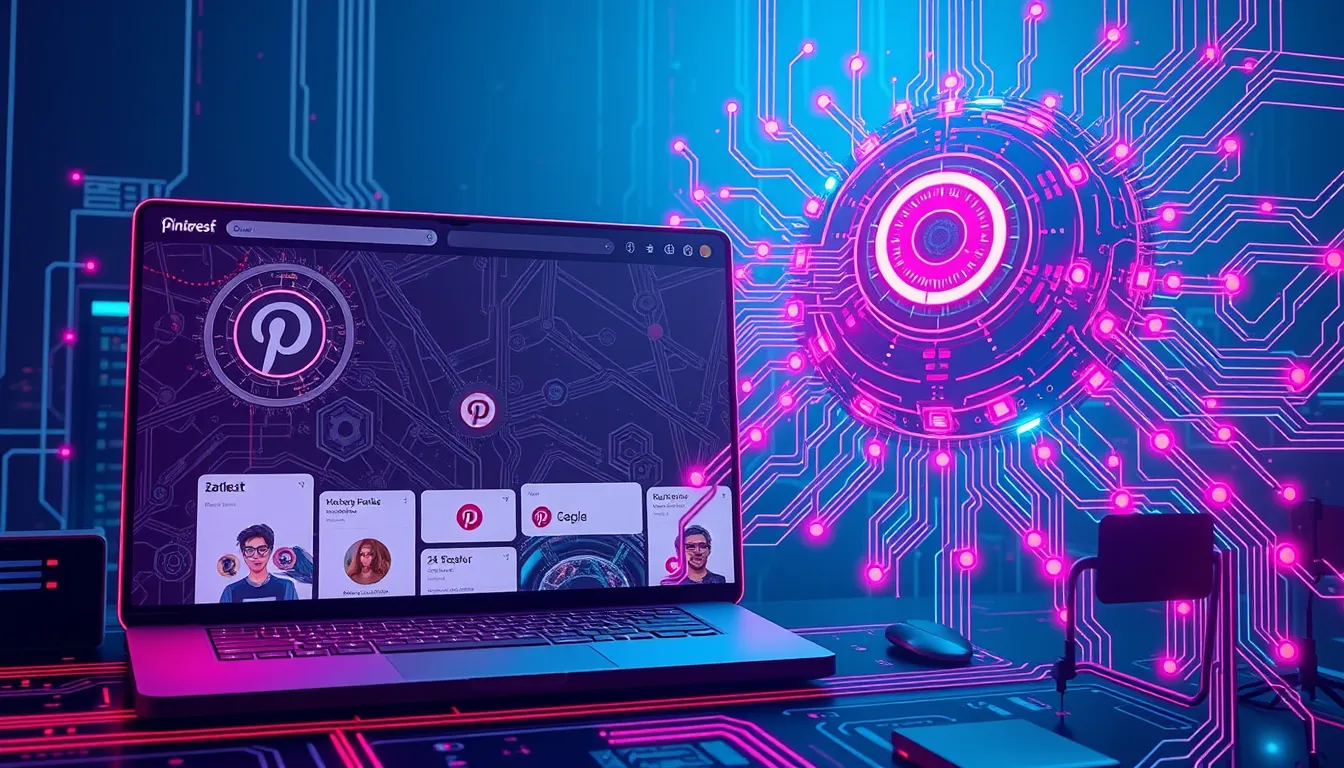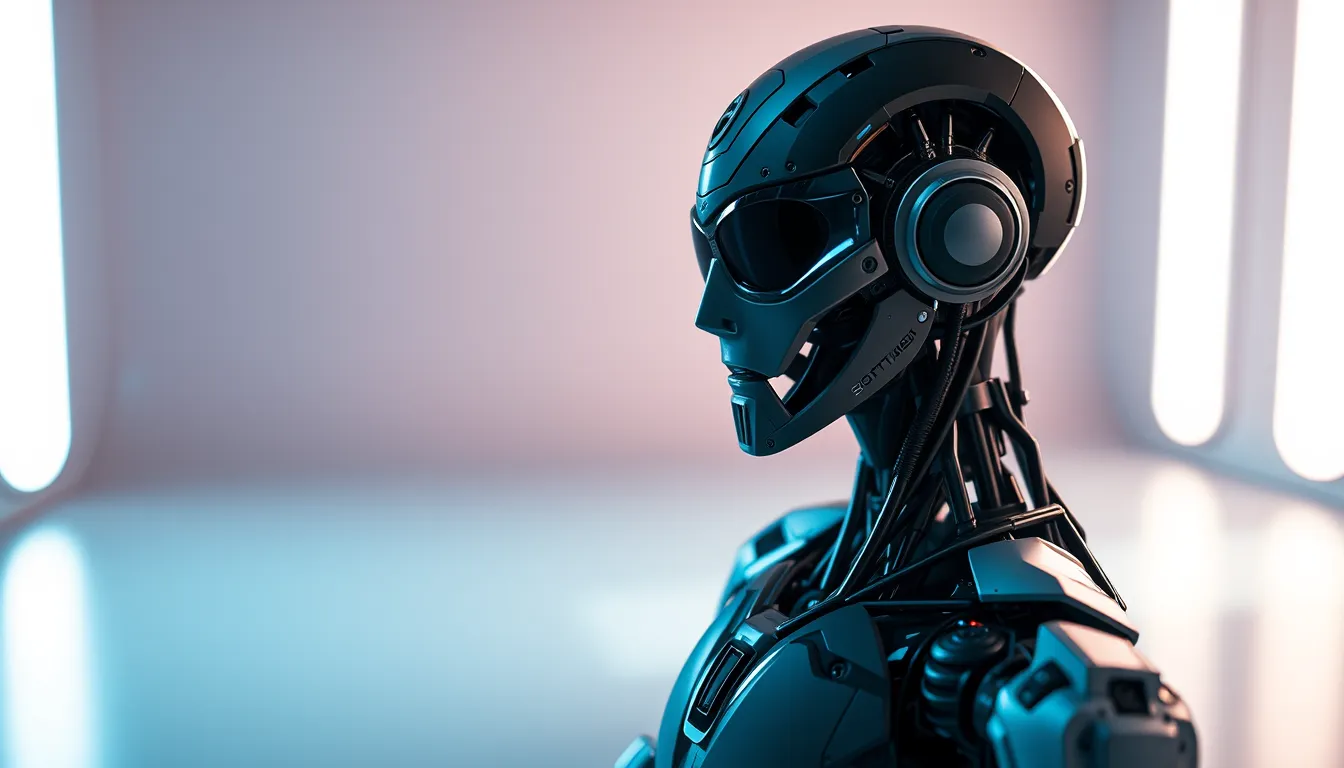Now Reading: Pinterest AI-Generated Images: Authenticity & Filters
-
01
Pinterest AI-Generated Images: Authenticity & Filters
Pinterest AI-Generated Images: Authenticity & Filters

Pinterest AI-Generated Images: Authenticity & Filters
Pinterest is taking significant steps to address the evolving world of digital creativity by tackling the influx of AI-generated images. As platforms worldwide adapt to technological advances, Pinterest is at the forefront with its new initiatives aimed at protecting artistic originality and ensuring digital content authenticity.
Introduction
In recent years, concerns about synthetic images have grown. Pinterest, known for inspiring creative expression, has implemented innovative measures to help its community distinguish between human-made and AI-generated content. This article explores how Pinterest is using advanced filtering technology along with responsible AI governance to maintain content authenticity on its platform.
Understanding Pinterest AI-Generated Images
The term “Pinterest AI-generated images” refers to digital artworks and photos produced with the assistance of artificial intelligence. While these creations can be impressive, they also blur the lines of genuine creative expression. Many users fear that an overwhelming amount of AI-assisted content may diminish the value of original, user-generated work.
With a commitment to preserving creativity, Pinterest has introduced an advanced system designed to label and filter images. This ensures users have access to a curated content library. The new technology scans images, identifies potential AI elements, and tags them accordingly. Content creators benefit from an environment where authenticity is prioritized, and artistic originality is safeguarded.
The Role of the Pinterest Image Label Filter
A critical component of Pinterest’s approach is the introduction of the Pinterest image label filter. This cutting-edge feature utilizes sophisticated AI detection algorithms to evaluate every image uploaded on the platform. The filter:
- Scans images for signs of synthetic creation
- Tags images that appear to result from AI processes
- Helps users efficiently navigate a curated visual repository
By implementing these steps, Pinterest not only reinforces the importance of authenticity but also aids in protecting artists’ intellectual property. Users can trust that when they see content on the platform, there is a high likelihood it originates from genuine human creativity.
How Pinterest Distinguishes AI-Generated Images from Human Creativity
One of the most compelling aspects of Pinterest’s strategy lies in the way it differentiates AI-generated images from those created by human hands. Through extensive collaboration with top AI experts, the Pinterest team has fine-tuned its image analysis algorithms to achieve remarkable accuracy.
Key techniques include:
- Pattern Recognition: Using advanced machine learning, the system identifies subtle inconsistencies in images that suggest AI involvement.
- Feature Comparison: By comparing stylistic elements with known human artistic trends, the filter assesses the likelihood of authenticity.
- Continuous Learning: The algorithm is continuously updated based on user feedback and emerging AI technologies, ensuring its detection methods remain current.
For example, the dedicated section on how Pinterest distinguishes AI-generated images from human creativity clearly highlights the platform’s commitment to supporting genuine artistry. This focus is crucial as it builds trust within the creative community and reassures users that their contributions are being valued correctly.
Pinterest New AI Image Labeling Filter Features
Pinterest continues to innovate with the introduction of new AI image labeling filter features. These enhancements not only streamline the process of content verification but also incorporate user-centric updates that make navigation smoother and more intuitive.
Notable features include:
- Enhanced Detection Capabilities: Improved algorithms now offer a more robust assessment of image origins.
- User Feedback Integration: Continuous improvements based on community input ensure that the filtering process remains transparent and fair.
- Expanded Labeling Options: A variety of tags that provide more detailed information on image authenticity, enabling users to make informed decisions about the content they interact with.
With these upgrades, Pinterest is setting a high standard for responsible AI governance. By clearly labeling content types, the platform empowers its users while also encouraging content creators to uphold high standards of originality and creativity.
The Future of Digital Content Authenticity in Creative Platforms
As digital content creation continues to evolve, Pinterest’s initiatives highlight the broader industry trend towards maintaining authenticity in the digital age. Other platforms are watching closely, and Pinterest’s methods may soon become a benchmark for how to balance innovation with responsible content management.
For more detailed insights on modern digital content standards, visit the official Pinterest website at https://www.pinterest.com. The company’s proactive approach represents a move towards a future where human creativity is not only preserved but celebrated.
Conclusion
In summary, Pinterest is leading the charge in addressing the challenges posed by the proliferation of AI-generated images. By leveraging innovative image label filters and collaborating with leading AI experts, Pinterest is ensuring digital content authenticity remains at the core of its community. The strategic implementation of these filters, alongside continuous updates and responsible AI practices, reassures content creators and users alike. Pinterest’s efforts serve as a blueprint for maintaining a harmonious balance between advanced technology and the irreplaceable value of human artistic expression.
Through these thoughtful initiatives, one can clearly see that Pinterest is committed to not only curbing the impact of synthetic images but also championing a future where creativity is defined by genuine talent and originality. As the digital landscape continues to evolve, keeping an eye on these developments will be crucial for anyone interested in the intersection of technology and art.

























